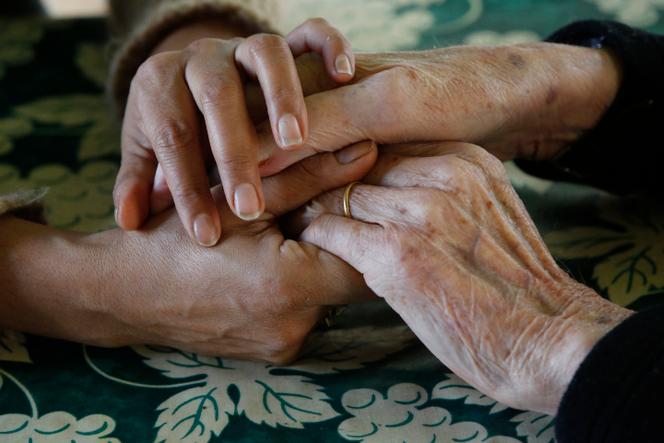
Père Goriot betrayed and ruined by his daughters in Balzac’s novel of the same name, Père Bru, a former house painter, reduced to begging and sleeping in a stairwell in the stunner, of Zola… In the representations of the XIXe century, old age is synonymous with abandonment, illness and misery. In reality, family solidarity exists and is even essential: places in hospices are limited, and only a small minority of old people end their days there. In France, until the middle of the XXe century, most elderly people therefore live with their children, in cities as well as in the countryside.
The question of the care of those who are now called “seniors” arose more directly in the post-war period. Through the combined effect of access to medicine, hygiene standards and the creation of Social Security, the life expectancy of the French people has taken a leap forward. The third age begins to be thought of as a period of life in its own right, which must be anticipated.
At the same time, however, we are witnessing a separation of generations: “In 1962, 15% of people aged over 65 lived with their family, they were only 5% in 1999”notes Dominique Dirlewanger, associate researcher at the Institute of Humanities in Medicine in Lausanne (Switzerland) and specialist in old age, author of colors of old age (Alphil-Swiss University Press, 2018). For the historian, the causes are then multiple: “In the 1960s, new housing did not necessarily allow parents to stay at home. More generally, we are witnessing, in part of the Western world, a rise in individualism. »
“Very present in the shadows”
How to provide assistance to elderly people who are left to their own devices, and who are increasingly numerous in French society? From the 1960s, a doctrine encouraging people to stay at home was put in place to avoid social segregation and premature ageing. The first home help services developed from the 1970s. “These professional services remain insufficient, and it is therefore up to the families to make this logic of home support work. This work still relies heavily on women, even as the housewife model is on the decline. A pronatalist policy has been put in place to make it possible to combine maternity and professional life, but we note that there is no equivalent for assistance to the elderly.deplores Christophe Capuano, professor of contemporary history at the University of Grenoble-Alpes and author of What to do with our old people? A history of social protection from 1880 to the present day (Sciences Po Press, 2018).
You have 43.7% of this article left to read. The following is for subscribers only.
